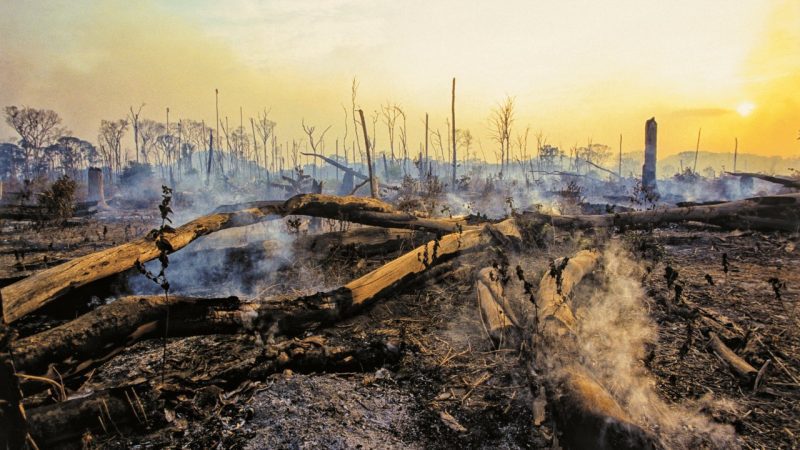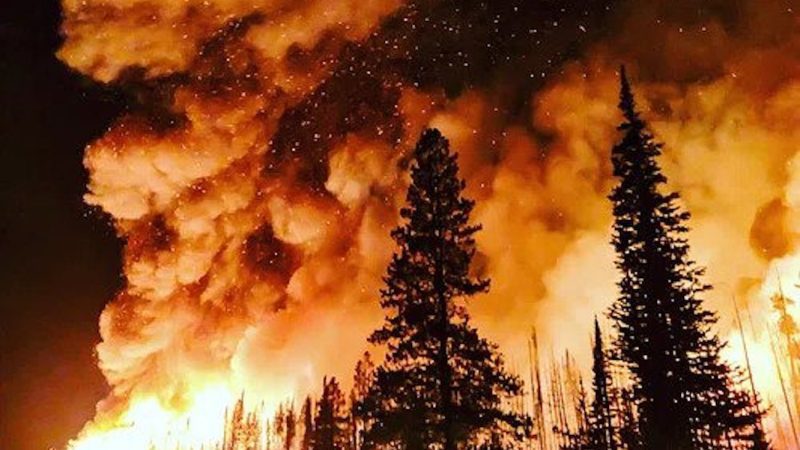New York Climate Week is the time to reflect on the injustice of fashion
September 22, 2023
Three of the key themes of New York Climate Week, now one of the biggest climate gatherings of the calendar outside of COP, are energy, environmental justice, and industry. Well, say hello, New York, to fashion.
The fashion industry has as long and complex a history with environmental harm – from rampant emissions to water use or toxic dyes – as it does with human rights issues. What is often overlooked is how deeply intertwined the two are.
Fashion’s continued lack of action to cut emissions within its global supply chains has resulted in massive environmental and societal harms, worsening inequities, and a growing climate crisis. A crisis that is disproportionately endured by those with the least responsibility for causing it.
Fashion belongs squarely on the Climate Week agenda. As I will argue as part of a public panel discussion on embedding justice into fashion’s road to net zero, alongside some incredible speakers from both industry and the Global South, for fashion to solve its emissions crisis it needs to look to agents of change within its own supply chains.
Put another way, most brands offer big talk and little action.
Yet we know now that failing to act is not a neutral position. As fashion brands demand more goods and faster deliveries, their failure to address the increased pollution, consumption, and waste that they are causing is itself a harmful act.
As a top global emitter, the fashion industry has a responsibility to take proportionate, proactive steps to reduce the harmful climate impacts originating from its factories. Yet only a handful of companies are actively supporting their suppliers to transition to renewable energy, and investment in wind and solar power remains far short of what’s required.
It’s no coincidence that the places where many fashion brands are offshoring the vast majority of their manufacturing are under-resourced areas in the Global South – where human rights and environmental protections are often poorly enforced, and companies can cheaply export the products and profits back to Western countries.
lululemon
Canadian athleisure giant lululemon, for example, has cashed in on the wellness and sustainability trend by claiming deep commitment to values of personal responsibility and connection. And it’s certainly working for them: lululemon’s revenues have seen incredible growth, reporting over $8 billion USD in 2022. Yet as profits have accelerated, the company’s emissions have grown even faster. Workers and communities in lululemon’s supply chain continue to live and work in coal-polluted areas while providing cheap labour, amid record-breaking heat waves and devastating floods.
The steps to action are very clear: the most important is significant financial support for suppliers to transition to clean energy, but also training and the provision of clean energy expertise. Brands should be publishing clear pathways to reaching net zero and aligning on the goal internally, including building accountability by tying executive compensation to equitable climate action, which aligns with the UN’s recommendations.
Fashion companies must also use their influence to advocate for issues that will benefit their workers.
This means calling for policy and regulatory changes that are deliberately inclusive and enable the installation of a renewable energy supply that also benefits local businesses, workers, and communities. It means supporting the voices of civil society to be part of the transition. In Vietnam, a major fashion manufacturer, several high-profile environmental defenders have been arbitrarily arrested for publicly advocating for clean air and green energy. In one instance, environmental justice lawyer Mr. Dang Dinh Bach has initiated “a hunger strike to death” to protest his detention. Companies like Lululemon that source from the region should be advocating for his, and others’, release.
Rapid action to cut emissions is essential, but let’s make sure that action doesn’t ignore the structural issues, systemic problems, and power imbalances that have long favoured big fashion companies and their profits. It’s time for brands to use their money, influence, and leverage to move beyond aspirational target-setting and create a tangible pathway to reducing overproduction and eliminating fossil fuels from their supply chains.
Check out the Fossil Free Fashion Scorecard
Find out which brands are taking climate action seriously – from climate commitments to sustainable materials to shipping its goods.
Learn More


